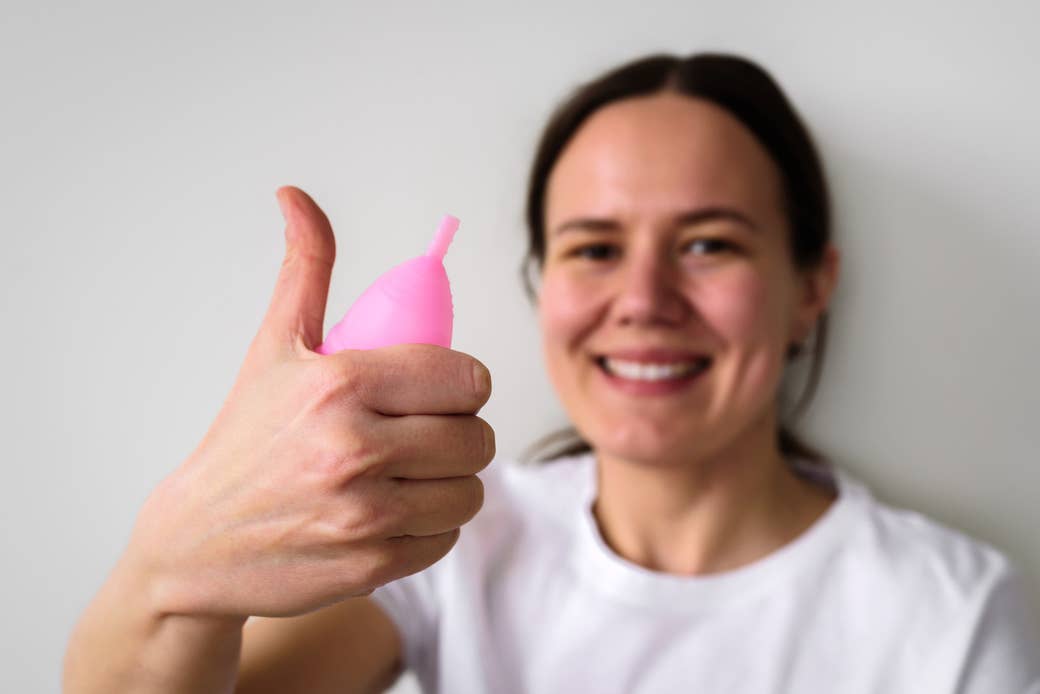
Menstrual or ''moon'' cups are safe, cheap and result in similar, or lower, levels of leakage than disposable pads or tampons, the first systematic review and meta-analysis of the international use of the devices has found.
Researchers at the Liverpool School of Tropical Medicine in the UK conducted a study using data from 3,300 women and girls. They found around 70% of women wanted to continue using menstrual cups once they were familiar with how use them.
The research, published today in The Lancet Public Health journal, found although there are 199 brands of menstrual cup, and cups are available in 99 countries, awareness is low — cups were only mentioned in 21 of 69 websites from 27 countries containing educational materials on puberty.
Menstrual cups are inserted into the vagina where they collect blood flow, rather than absorbing it like tampons or pads. They are emptied every 4 to 12 hours. The shape and diameter of the cup and length of its stem varies, as does the material, which can be silicone, rubber, latex or elastomer. Researchers noted the cups can last up to 10 years.

Globally, an estimated 1.9 billion women — around 26% of the population — were of
menstruating age in 2017, spending on average 65 days in the year dealing with menstrual blood flow.
Four studies within the review (involving 293 participants in total) compared leakage between different sanitary products, and found that levels were similar between menstrual cups and pads and tampons, while one found that leakage was significantly less.
Researchers considered financial and environment costs and using accumulated estimates over 10 years, found purchase costs and waste from consistent use of a menstrual cup would be a "small fraction of the purchase costs and waste of pads or tampons".
When compared with using 12 pads per period, use of a menstrual cup would comprise 5% of the purchase costs and 0·4% of the plastic waste. Compared with 12 tampons per period, use of a menstrual cup would comprise 7% of the purchase costs and 6% of the plastic waste.
The study's author Dr Penelope Phillips-Howard said in total, there were five cases of toxic shock syndrome identified among the "many thousands" of menstrual cup users internationally but some of these cases had other contributing factors such as autoimmune disease.
"With the evidence to date, there appears to be no data to suggest menstrual cups have safety issues, but monitoring and evaluation is required to gather information as cups become more popular," Phillips-Howard told BuzzFeed News.
The authors noted that the quality of some of the studies included was low, and called for further quality research in this area.
